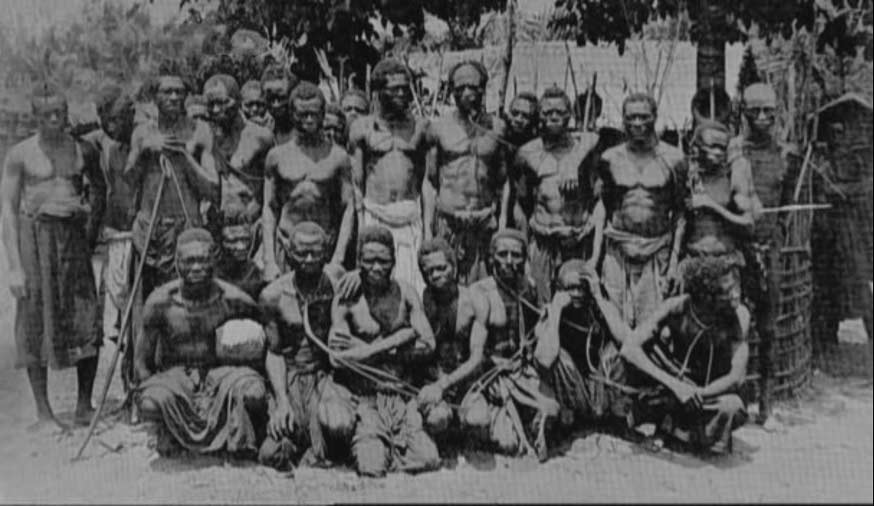Racism – A History episode 3 – A Savage Legacy: Examines the impact of racism in the 20th century. By 1900 European colonial expansion had reached deep into the heart of Africa.
Under the rule of King Leopold II, the Belgian Congo was turned into a vast rubber plantation. Men, women and children who failed to gather their latex quotas would have their limbs dismembered. The country became the scene of one of the century’s greatest racial genocides, as an estimated 10 million Africans perished under colonial rule.
Racism – A History episode 3 – A Savage Legacy
The final episode begins with the abolition of slavery in the US in 1865 after which black people were denied the vote, remained impoverished and became victim to violence and murder if they resisted racism. Instead of slavery there was Sharecropping, a system that left black people in permanent debt to the landowners. Examinations for the vote were introduced and the Jim Crow laws became the norm for segregation. At the heart of this was a system of political and economic terror with lynching as its most powerful weapon. Often the killing and torture took place to the amusement of large crowds of spectators, and postcards of the proceedings sold throughout the States.
The lynching of 17-year-old Jess Washington in 1916 is described in detail, as are riots and murders like the Tulsa race riot of 1921. As James Allen says in regard to why these events have faded from human memory: “White America has maintained to this day control of the history of racial violence as victors. Its as if we live in an occupied country intellectually and as long as white America retains the power and maintains the myth of moral superiority the history will never become fully public and be written into our national conscience.” Besides this, black people were characterised as buffoons in traditions like the Blackface.
Racism – A History episode 3
In the name of civilising the African 90% of Africa was divided among the European powers. Leopold II of Belgium set out to become personally wealthy through his seizure of the Congo, where extreme violence, mutilation and other coercive methods forced the local people to obtain rubber and other raw materials. Between 1880 and 1920 about 10 million people, were killed, yet Leopold built an opulent museum to the colonisation of the Congo, which became the venue of one of the first so-called Human zoos that toured Europe throughout the end of the 19th and beginning of the 20th century.
Then the words genocide, holocaust and racism became used in connection with the Nazi treatment of the Jews and it became clear that these were abhorrent. However, it did not change the way things were done towards people of colour.
In South Africa the system of racial classification did not have the intention of exterminating the black population created a bureaucracy to determine and enforce access to resources along racial lines. This included an illusory face of democracy which enabled the government to obtain the support of international governments. After the Sharpeville massacre, the banning of the ANC and arrest of Nelson Mandela, the attacks became increasingly violent and deaths mounted up. In 1976 student riots led to many schoolchildren being killed as well as Black Consciousness leader Steve Biko. Practically every family in South Africa was in some way affected by the killings and torture.
